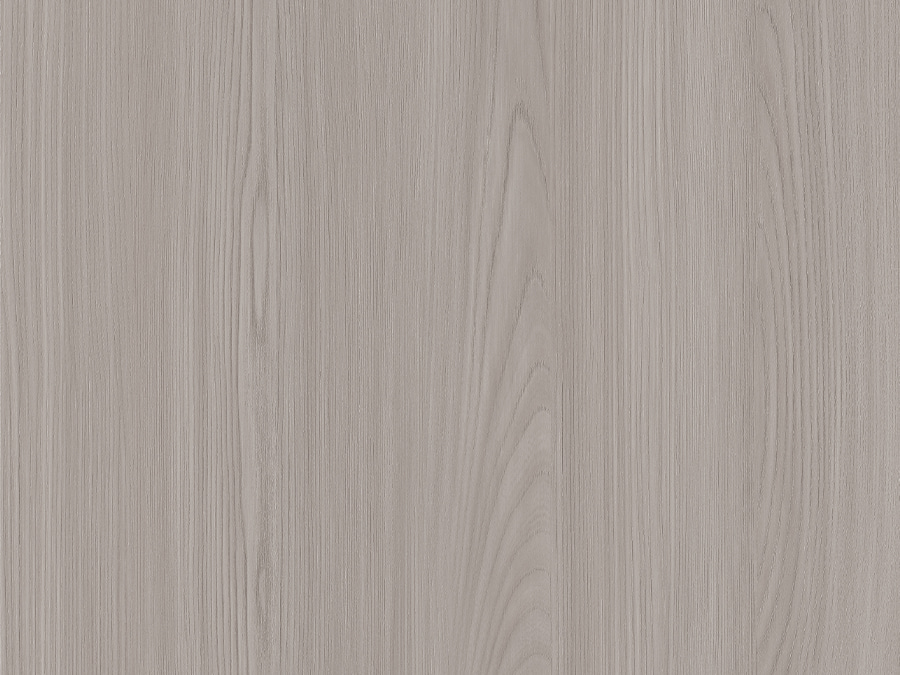The market demand for wood grain decorative printing paper has experienced significant evolution over the years, reflecting broader trends in design preferences and sustainability concerns. Originally, this product emerged as a cost-effective and aesthetically versatile alternative to traditional wood materials. Its ability to mimic various wood grains, such as oak, walnut, and pine, allowed designers and homeowners to achieve a natural wood look without the expense or environmental impact associated with real wood.
In recent years, the demand for wood grain decorative printing paper has been driven by a combination of aesthetic versatility, practical benefits, and environmental considerations. The rise in popularity of sustainable building practices has further fueled interest in this material. Wood grain decorative printing paper offers a compelling solution for those seeking to reduce their environmental footprint while still enjoying the warm and inviting appearance of wood. Unlike real wood, which requires deforestation and can be costly, this paper provides a similar visual effect without the associated environmental impact. Additionally, it is often more affordable than genuine wood, making it an attractive option for both residential and commercial applications.

The market for wood grain decorative printing paper has evolved from niche use to a mainstream choice in interior design. Initially popular in specific applications, such as furniture and wall coverings, its use has broadened to include a wide range of surfaces and products. The technology behind wood grain printing has advanced, allowing for more realistic textures and finishes that closely replicate the nuances of real wood. This advancement has contributed to its growing acceptance and demand across various sectors, including home decor, office design, and even retail environments.
The advantages of wood grain decorative printing paper are evident in its ease of application and maintenance. Unlike traditional wood, which requires regular upkeep to maintain its appearance and durability, this printing paper is designed to be low-maintenance. It can be applied to a variety of surfaces, including walls and furniture, and is resistant to the wear and tear that often affects natural wood. Additionally, it is generally easier to clean and maintain, further enhancing its appeal.
As consumer preferences continue to shift towards sustainable and cost-effective solutions, the demand for wood grain decorative printing paper is expected to remain strong. Its ability to offer the aesthetic qualities of wood while addressing environmental and economic concerns makes it a valuable material in modern design. The ongoing advancements in printing technology and increasing awareness of environmental issues are likely to drive further growth and innovation in this market, ensuring that wood grain decorative printing paper continues to be a sought-after choice for designers and consumers alike.


 English
English русский
русский











